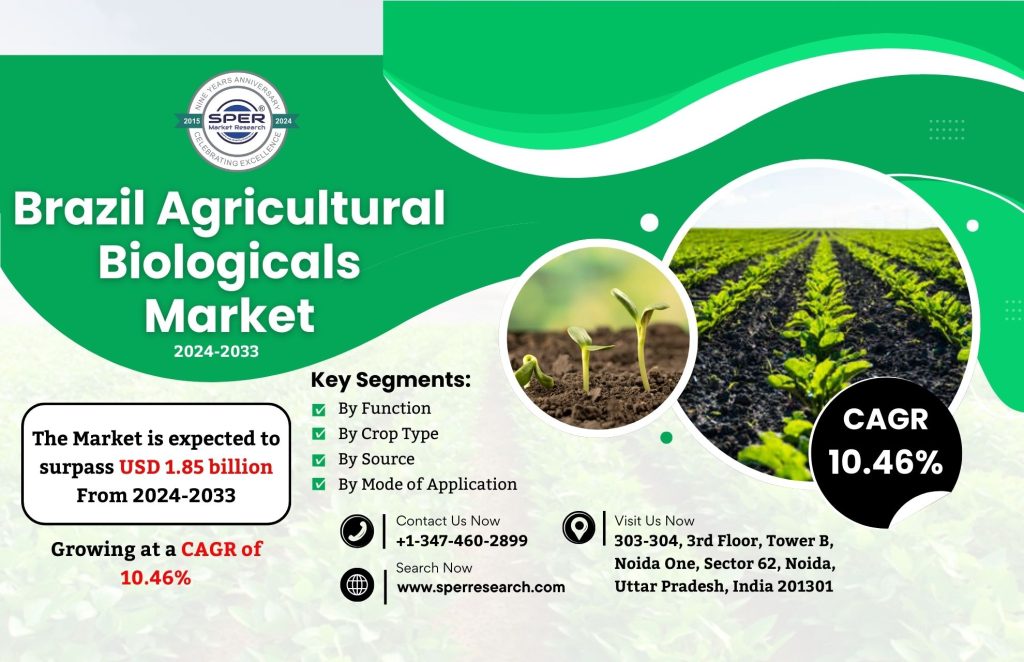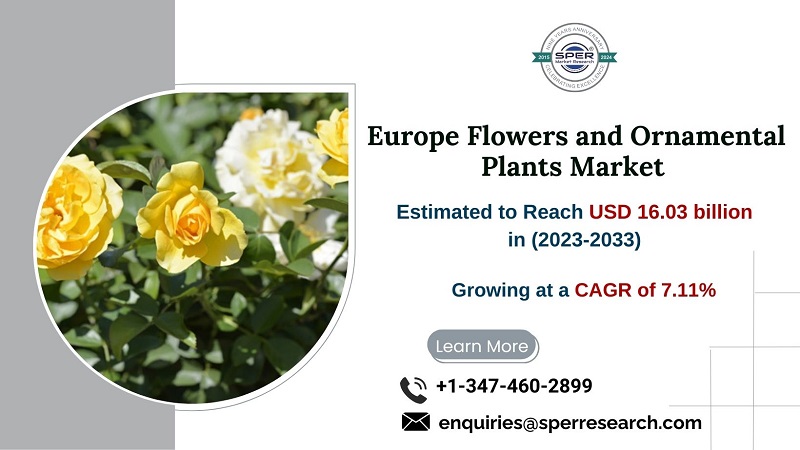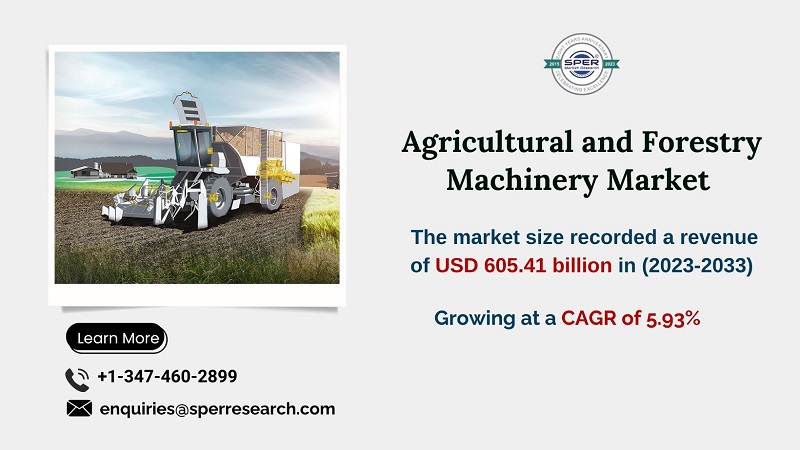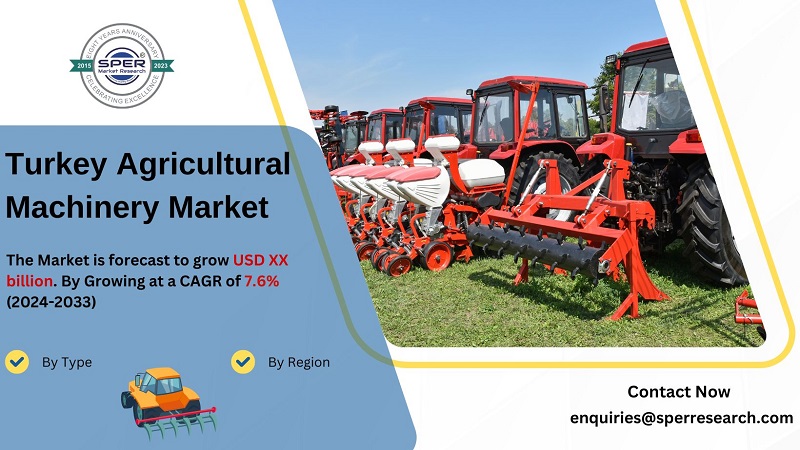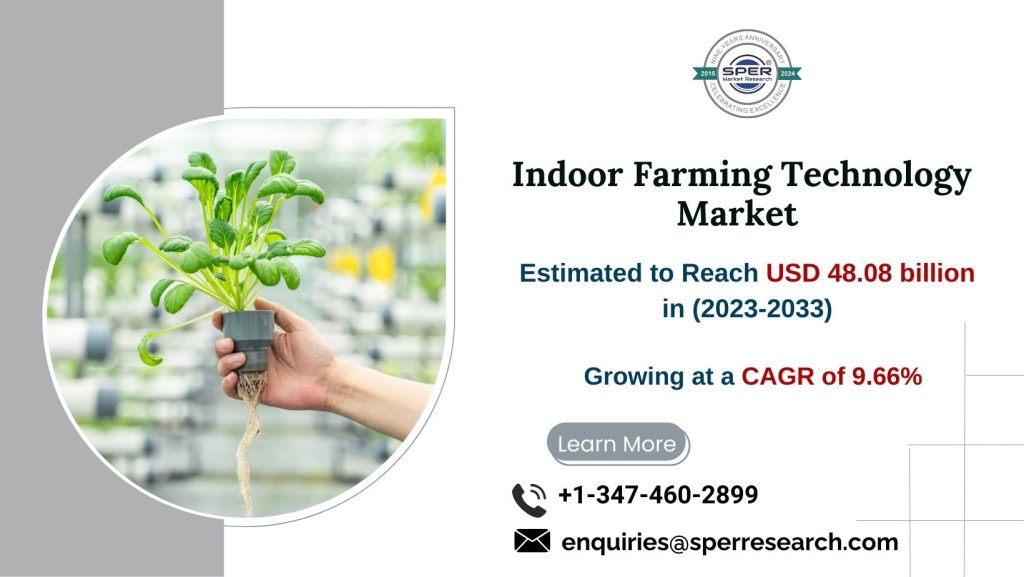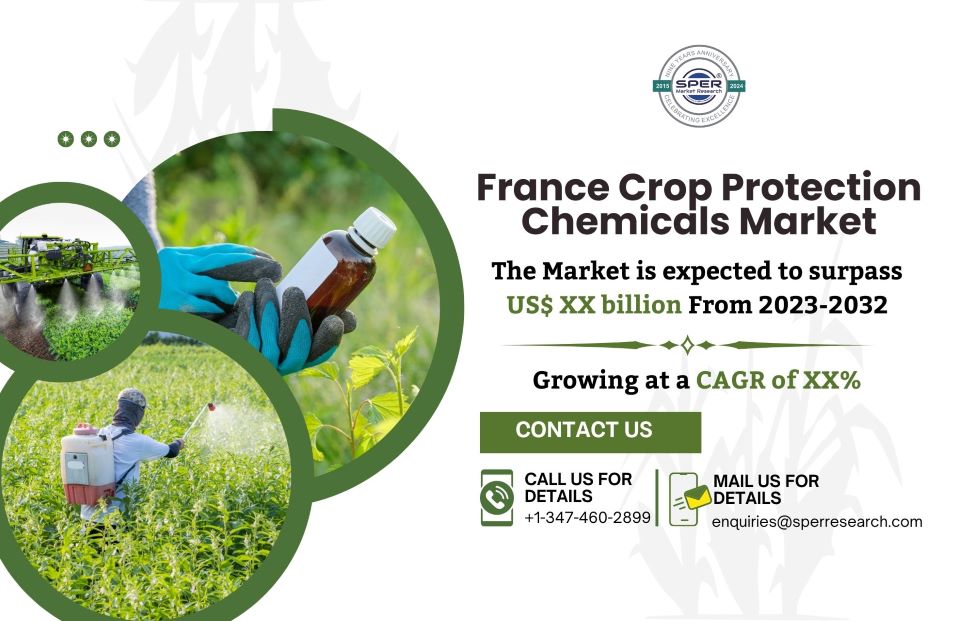Agricultural biologicals are a distinct type of farming agent derived from natural sources such as microorganisms, plant extracts, and beneficial insects. They contribute significantly to agricultural productivity and protection, with a primary focus on providing sustainable and environmentally friendly solutions. They boost agricultural productivity while keeping the soil and surrounding environment in good condition. They work by enriching the soil with essential nutrients, stimulating plant development, and protecting crops from pests and diseases without the need of pesticides. They are used as an alternative to traditional chemical-based fertilisers and pesticides since they leave no hazardous residues on food, making it safer to consume.
According to SPER Market Research, ‘Brazil Agricultural Biologicals Market Size- By Function, By Crop Type, By Source, By Mode of Application – Regional Outlook, Competitive Strategies and Segment Forecast to 2033’ states that the Brazil Agricultural Biologicals Market is estimated to reach 1.85 billion by 2033 with a CAGR of 10.46%.
Drivers: The Brazilian market is expanding as people become more conscious of the need of keeping soil healthy for future generations. Furthermore, cooperative ventures between academic institutions, research institutes, and industry are supporting agricultural biological innovation and commercialisation. Brazil’s enormous biodiversity provides a tremendous chance to discover and employ novel microorganisms that benefit crops, which businesses and research groups are now investigating. Furthermore, the growth of digital agriculture, which incorporates data analytics and precision farming, is aiding the country’s successful usage of these biologicals.
Download our free sample report today and see the detailed insights we offer – https://www.sperresearch.com/report-store/brazil-agricultural-biologicals-market.aspx?sample=1
Restraints: The high initial cost of the agricultural biologicals business is a significant barrier to its growth in Brazil. Farmers, who often have little financial resources, are hesitant to invest in these solutions because of their higher upfront costs when compared to traditional chemical pesticides and fertilisers. Agricultural biologicals can improve soil health and sustainably preserve crops over time, but the initial expenses may be discouraging. This cost factor limits their uptake and accessibility, particularly for small-scale farmers who are more vulnerable to price changes. Consequently, the total growth rate of Brazil’s agricultural biologicals market is slower.
The Covid-19 epidemic has had both positive and negative implications on the market for agricultural biologicals. Positively, during the pandemic, governments around the globe passed laws to support the agriculture sector. Financial incentives were incorporated into these laws to encourage the use of sustainable farming practices and agricultural biology. Due to the economic repercussions of the pandemic, farmers faced financial restraints that made it difficult for them to invest in biologicals and other agricultural inputs. Regulatory Procedures Postponed: The pandemic delayed a number of regulatory processes, including product approval and registration, which hampered market growth.
Brazil Agricultural Biologicals Market is dominated by the Southern Region because of its high level of agricultural activity, especially in the production of maize and soybeans. The need for biologicals is driven by the region’s emphasis on sustainable agriculture, sophisticated farming techniques, and robust agribusiness presence. Major players in the market are Andermatt Group AG4, Corteva Agriscience, FMC Corporation, Haifa Group, Novozymes, and Others.
Key Target Audience:
- Agricultural Input Manufacturers
- Agribusiness Corporations
- Investment Firms and Venture Capitalists
- Government Agencies and Policy Makers
- Agricultural Cooperatives and Associations
- Research and Development Institutions
- Retailers and Distributors of Agricultural Products
- Environmental and Sustainability Organizations
- Technology Providers in Agriculture
- Consulting Firms and Advisors
Brazil Agricultural Biologicals Market Segments:
By Function:
- Crop Protection
- Crop Enhancement
By Crop Type:
- Cereals & Grains
- Oilseeds & Pulses
- Fruits & Vegetables
By Source:
- Microbials
- Biochemicals
By Mode of Application:
- Foliar Spray
- Seed Treatment
- Soil Treatment
- Post-harvest
For More Information, refer to below link –
Brazil Agricultural Biologicals Market Share
Others Report –
- Vietnam Vegetable Seed Market Size– By Breeding Technology, By Cultivation Mechanism, By Crop Family- Regional Outlook, Competitive Strategies and Segment Forecast to 2033
- Middle East and Africa Vegetable Seed Market Size- By Type, By Crop Type, By Cultivation Method- Regional Outlook, Competitive Strategies and Segment Forecast to 2033
- Electric Mountain Bike Market Size- By Propulsion Type, By Application- Regional Outlook, Competitive Strategies and Segment Forecast to 2033
- South East Asia Luxury Car Market Size- By Vehicle Type, By Fuel Type, By Price Range- Regional Outlook, Competitive Strategies and Segment Forecast to 2033
- Brazil Specialty Chemicals Market Size- By Function, By Product, By Application- Regional Outlook, Competitive Strategies and Segment Forecast to 2033
Follow Us –
LinkedIn | Instagram | Facebook | Twitter
Contact Us:
Sara Lopes, Business Consultant – U.S.A.
SPER Market Research
+1-347-460-2899
